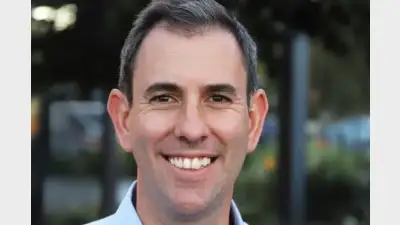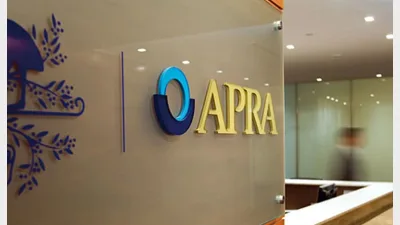Editorial: Super funds must be allowed an orderly exit
The annual Conference of Major Superannuation Funds (CMSF) traditionally provides an opportunity for participants to review the state of the industry and to consider strategies for the future. It should go without saying, then, that this year’s CMSF conference ought to be considering at length the implications of choice and trustee licensing.
But in dealing with the issues of choice and trustee licensing, two key statistics ought to be considered from the outset:
* the level of churn generated by the implementation of choice of fund is somewhere between 7 per cent and 10 per cent; and
* the number of superannuation funds inhabiting Australia (excluding small, self-managed super-type funds) will have declined by 78 per cent from 1,800 to around 320 in the space of just three years.
The figure of 320 is one recently released by the Australian Prudential Regulation Authority (APRA) when reminding superannuation trustees of their obligations with respect to obtaining the Registrable Superannuation Entity (RSE) licence.
APRA, having earlier this year announced that it would not be accepting further RSE licence applications after the somewhat arbitrary date of February 17, said in early March that those funds that had decided not to pursue an RSE licence needed to ensure they had made the appropriate alternative arrangements.
Those funds that failed to comply with the regulator’s directive were warned that they would not be able to accept contributions after June 30, 2006, and if they did so would be in breach of the Superannuation Industry (Supervision) Act.
At the same time as issuing this grim news to trustees, APRA deputy chairman Ross Jones said the regulator had been informing and working with trustees since January 2004 to ensure they were aware of their legal obligations.
“APRA is continuing to work with those trustees who intend to exit the industry to ensure their members’ best interests are protected and their continuing funds are transferred to a registered entity under a licensed trustee”, he said.
“One of the options available to APRA after June 30 to deal with trustees who have made no attempt to comply with the law is to replace the trustee with an acting trustee.
“But we hope trustees exiting the industry do not put themselves or their members in this position by not making the necessary transfer arrangements.”
But the clincher in Jones’ statement was: “Of the 850 trustees who indicated their intention to exit the industry, around half have completed the task. APRA has been individually informing each of the trustees yet to exit the industry of their obligations to be completed before June 30, including:
* arranging the equitable transfer of members’ benefits to an approved fund;
* ensuring their members are properly informed of the transfer arrangements and their options;
* auditor certification of transfer arrangements for APRA review; and
* wind-up certification for APRA review.
“Trustees need to undertake these requirements in a timely way so as not to disadvantage their members.
“The two-year transition period ending June 30, 2006, was to allow trustees sufficient time to either obtain a licence or make alternative arrangements for members.
“Of 325 RSE applications received, APRA has so far issued 129 RSE licences, with the remainder being assessed.”
Two important things can be drawn from Jones’ statement:
* there will likely be fewer than 325 funds holding an RSE licence after June 30, 2006; and
* there is something like 400 trustees who, having indicated their intention not to pursue a licence, are somewhere in limbo-land.
Closing down a superannuation fund is not an easy task. It takes months, and it is imperative that the interests of members are the priority of not only the fund trustees but the regulator as well.
APRA has moved quickly and quite aggressively to achieve its objectives with respect to trustee licensing. The regulator needs to understand that having drawn a series of lines in the sand it needs to ensure an orderly transition for all the 800-odd funds that will cease to exist.
As efficient as APRA has been, it now needs to consider the human factor.
Recommended for you
Australian super funds have posted early gains in FY26, driven by strong share market performance and resilient long-term returns.
Following the roundtable, the Treasurer said the government plans to review the superannuation performance test, stressing that the review does not signal its abolition.
The Australian Prudential Regulation Authority (APRA) has placed superannuation front and centre in its 2025-26 corporate plan, signalling a period of intensified scrutiny over fund expenditure, governance and member outcomes.
Australian Retirement Trust (ART) has become a substantial shareholder in Tabcorp, taking a stake of just over 5 per cent in the gaming and wagering company.











